Tarim River Basin is one of the driest and most ecologically fragile regions in China because of its distance from the ocean and its arid, low-rainfall conditions.
Daxihaizi Reservoir, built on the lower reaches of the Tarim River, was once one of the earliest reservoirs for agricultural irrigation in Xinjiang. In 2012, it was transformed into the first ecological reservoir in Xinjiang, dedicated to ecological storage and water supply for the lower reaches of the Tarim River. Twelve years later, what tasks does the transformed Daxihaizi Reservoir undertake? What has been the effect on ecological protection? The reporter came here for a visit.
Daxihaizi Reservoir was built in the 1950s and 1960s and used to be responsible for irrigating farmland in the lower reaches of the Tarim River. In the mid-20th century, due to large-scale development and utilization of the source and upper-middle reaches of the Tarim River, the water flow to the lower reaches significantly decreased. Daxihaizi Reservoir often faced the situation of no water to store, and any water that could be stored had to be prioritized for the agricultural irrigation nearby.

Due to the limited farmland in the lower reaches, in the early 1970s, the Daxihaizi Reservoir closed the sluice gate that released water to the Tarim River downstream. This led to nearly 400 kilometers of riverbed downstream experiencing a prolonged period of no flow for nearly thirty years, resulting in catastrophic ecological degradation.
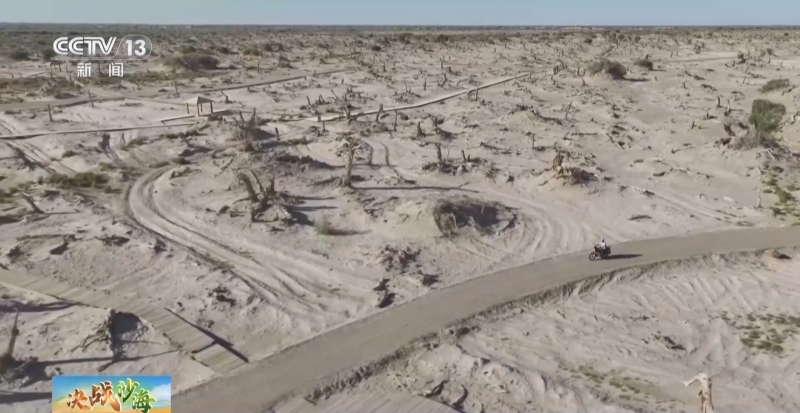
A large area of the populus euphratica forest has died, with many sections of the National Highway 218 (G218) frequently buried by shifting sand; the Taitema Lake has dried up; and the ecological corridor between the Taklimakan Desert and the Kumtag Desert is gradually disappearing.
The desolate area in the lower reaches of the Tarim River, 60 kilometers from the Daxihaizi Reservoir, was once Laoyingsu Village in Ruoqiang County, Bayingolin Mongolian Autonomous Prefecture, northwest China's Xinjiang Uygur Autonomous Region. After the Tarim River ceased to flow in the lower reaches, farming and animal husbandry stopped here, vegetation withered, and people had to abandon their homes and move to other places.
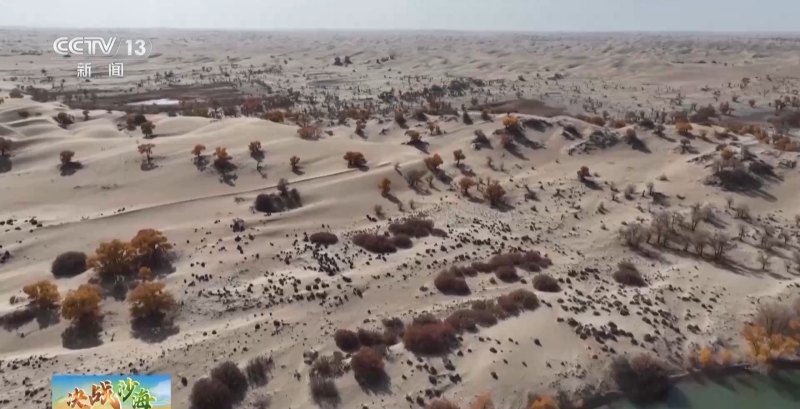
In the face of increasingly severe ecological crises, people are gradually realizing the need for more comprehensive and scientific management of the Tarim River. Xinjiang has begun implementing water-saving renovations in irrigation areas and plain reservoirs, river management, and the construction of controlled water conservancy hubs in mountainous areas, which help regulate runoff, store water during floods and droughts, divert and store floodwaters, and save water.
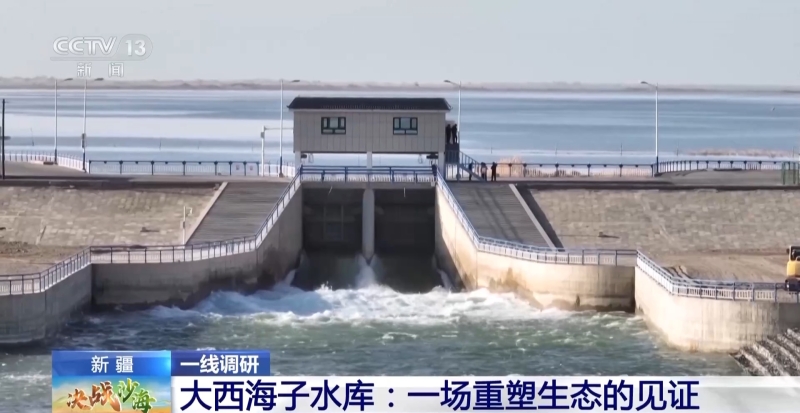
In 2000, Daxihaizi Reservoir reopened its sluice gate to supply water downstream, ending nearly 30 years of river channel interruption in the lower reaches of the Tarim River. For Li Lijun and her colleagues, this process felt more like an ecological redemption.
Since 2004, Daxihaizi Reservoir has undergone functional adjustments, gradually withdrawing from the agricultural irrigation system, with the Qiala Reservoir, located 100 kilometers away, taking over the irrigation tasks. Daxihaizi Reservoir has become the only ecological reservoir in Xinjiang. Every year, it uses floodwater stored during the flood season in two phases to provide ecological replenishment to the lower reaches of the Tarim River.
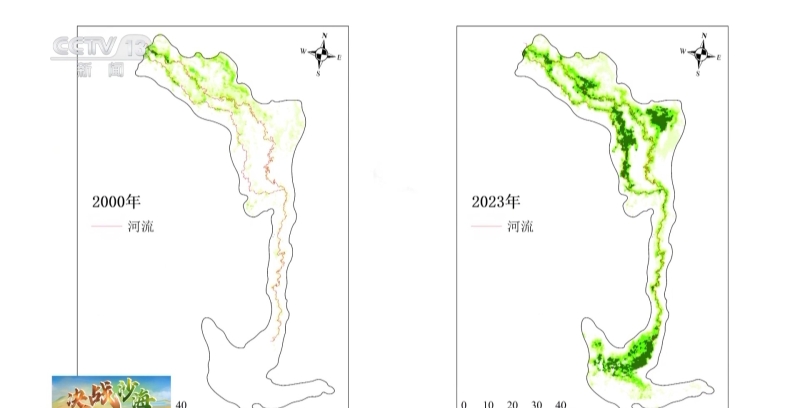
The satellite remote sensing images from 2000 and 2023 show that after years of continuous efforts, the greenery in the lower reaches of the Tarim River has significantly increased, and the ecosystem has been rejuvenated.
At present, the management of more than 100 rivers in the nine major river systems of the Tarim River has been transferred to the Tarim River Administration, which has begun more comprehensive unified scheduling and scientific utilization of water resources.
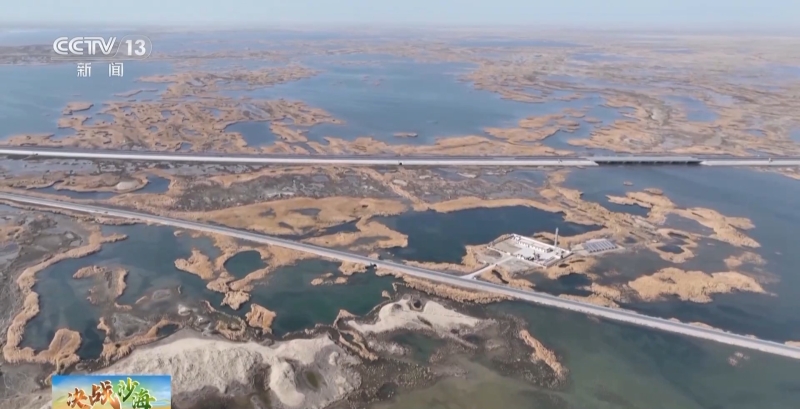
Just before leaving, we arrived at the Taitema Lake of the Tarim River, where the once-dry water surface now ripples with waves and is filled with flying waterfowl. The original National Highway 218 (G218) has long been restored for traffic, and two newly built major routes that lead out of Xinjiang, the Yuli to Ruoqiang Highway and the Ge'ermu-Ku'erle Railway, pass through the lake, carrying the hope of development all the way to the distance.
(Original source: CCTV News)









